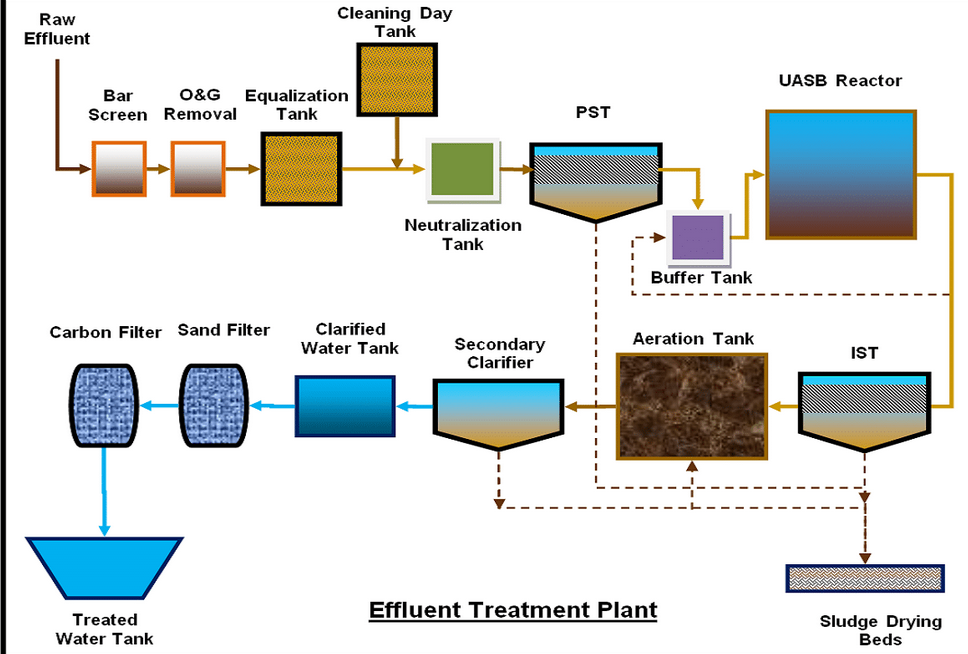
As environmental regulations grow stricter and sustainability becomes more central, industries and municipalities are investing in effective waste management solutions. Effluent Treatment Plants (ETPs) and Sewage Treatment Plants (STPs) are crucial technologies in this effort. These systems treat and manage industrial and domestic wastewater, removing contaminants and returning clean water to the environment. Here’s a closer look at ETP and STP solutions, their importance, and how Innovative Insight supports businesses in achieving effective, compliant wastewater management.
Understanding ETP and STP Solutions
Effluent Treatment Plant (ETP): Designed primarily for industries, ETPs treat wastewater that’s often rich in chemicals, oils, heavy metals, and other pollutants resulting from manufacturing and processing activities. ETPs use multiple treatment stages (such as primary, secondary, and tertiary treatment) to purify the wastewater, ensuring it meets regulatory standards before being discharged.
Sewage Treatment Plant (STP): STPs handle wastewater generated from domestic sources—such as residential complexes, commercial spaces, and public institutions. These systems focus on treating organic waste, suspended solids, and pathogens to prevent health risks and pollution. STPs typically include processes like screening, sedimentation, biological treatment, and disinfection, producing safe water that can be reused or safely discharged.

Importance of ETP/STP Solutions
Proper wastewater treatment is vital for both environmental and public health:
Environmental Protection: Untreated wastewater can harm ecosystems by polluting rivers, lakes, and oceans. ETP and STP systems remove pollutants that would otherwise impact aquatic life, soil quality, and biodiversity.
Regulatory Compliance: Local and national environmental agencies enforce strict standards for wastewater discharge. ETP and STP systems ensure businesses and communities meet these regulations, avoiding costly fines and supporting eco-friendly practices.
Resource Conservation: Treated water can often be reused for purposes like irrigation, cooling, and cleaning, reducing the demand for fresh water. This helps conserve vital water resources, particularly in regions where water scarcity is a concern.

How Innovative Insight Supports Your ETP/STP Needs
Innovative Insight specializes in delivering complete ETP/STP solutions tailored to specific industries and facilities. Here’s how we assist:
Customized System Design: We recognize that each site has unique requirements. Our team evaluates wastewater characteristics, volume, and regulatory needs to design an ETP or STP that fits your operations while maximizing efficiency and cost-effectiveness.
Installation and Commissioning: With our experienced engineers and technicians, we provide seamless installation and commissioning services. We ensure each component is optimized for peak performance, setting up your ETP/STP to operate reliably from day one.
Upgrades and Retrofitting: For facilities with existing systems, we offer assessments and upgrades to enhance capacity, meet updated regulations, or improve energy efficiency. Retrofitting older systems is a cost-effective way to achieve compliance and sustainable operation.
Maintenance and Troubleshooting: Routine maintenance is essential for ensuring smooth operation and longevity of ETP/STP systems. We provide preventive maintenance services and rapid troubleshooting to minimize downtime and protect your investment.
Training and Operational Support: A well-run treatment plant relies on knowledgeable staff. We offer training for on-site personnel to operate and maintain ETP/STP systems safely and efficiently.
By partnering with Innovative Insight, businesses can ensure they’re not only complying with environmental regulations but also contributing to a healthier, more sustainable future. Let us help you find the best ETP/STP solution that meets both your operational needs and your environmental goals.

